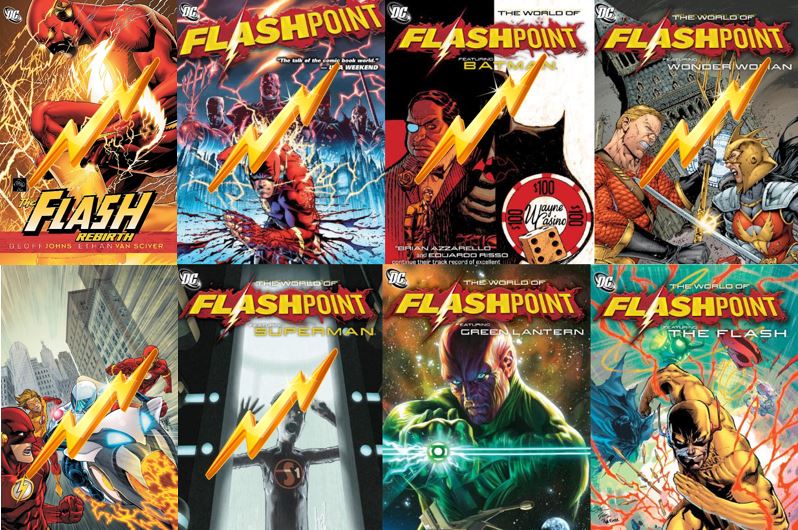
It has been two weeks since I last wrote an update. Last week, the week of the eclipse, my family was off on a scientific vacation, and I found I didn’t have time to write the article. But I am back at it again this week. This week, I want to talk about the financials of Kickstarter, and how to go about setting up the goals. As it turns out, I have lived with this dream long enough, that I could approach this backward, and land pretty much where I need to. My goal is pretty small, and many would consider this a micro project because of that. However, this is a good thing, as it may be more realistic for a first time Kickstarter.
This week, I want to talk about the financials of Kickstarter, and how to go about setting up the goals. As it turns out, I have lived with this dream long enough that I could approach this backward, and land pretty much where I need to. My goal is pretty small, and many would consider this a micro project because of that. However, this is a good thing, as it may be more realistic for a first-time Kickstarter.
Knowing the Costs
There are two types of costs to consider, fixed costs and variable costs. Variable costs are per item costs, and fixed costs are per project costs. So there needs to be a margin in my rewards to pay for the fixed costs. If I go above and beyond my goal, then this margin will also be the profit I split with Samantha. Below is a closer look at my fixed and variable costs.
Fixed Costs
I want to sell my book in hardback, and have it available for order through bookstores, if bookstores desire it, as well as offer a softback book and a workbook. For this, I will need some ISBNs–one for hard back, one for softback book, and one for the workbook. Additionally, I need a barcode for each of these books. Finally, I have set up costs to get each of these books on IngramSpark. The total cost of this comes to about $500. This is a pretty low fixed cost, which is great for me. All other fixed costs, I am willing to spend my own money on (and in some cases, already have).
Variable Costs
Additionally, I have a per item cost, which means I cannot set my goal at $500. Each book has a cost that comes along with it. This cost breaks down into three main parts–Kickstarter fees, production costs, and shipping costs. These costs vary from reward level to reward level.
Kickstarter Fee
The fees associated with Kickstarter run from 8% to 10%. Of this, 5% goes to Kickstarter, and 3 to 5% goes towards the money transfer company to actually get the money to me. I will assume the worst case, and go with 10%.
Production Costs
Production costs for a softback black and white book, such as the workbook I want to provide, and a hardback color book are on the two ends of the scale for me. Since the hardback color book with a copy of the softback black and white book is my main reward level, I will set margins based on this, and then make sure none of the other reward levels have a lower margin, which could keep me from affording the project on success. In addition to the 10% Kickstarter takes, about 50% of the reward levels will go straight to making the books, assuming I stay at planned current reward pledge amounts.
Shipping Costs
This one I am still working on. Kickstarter allows for this to be set by country. However, shipping counts towards reaching your goal, so shipping costs will factor into the equation. I will be shipping from three locations around the world, but international costs are always high. Since I am choosing to look at the worst case scenario, this means that shipping can add another 20% to the overall costs.
Setting Reward Pledge Levels
So, at this time, the costs of delivering the most common reward can be 10%+50%+20% = 80%. I can adjust these some as needed, but I also need to be aware of what is reasonable. Just because it would make it easier to have a higher price and margin on the rewards doesn’t mean I should. I am hoping that when I fully flush out the shipping costs, that the overall margins will be slightly better, and I will be able to lower my goal slightly. We shall see.
Setting the Goal
At this point, it becomes pretty simple math to figure out what I need the goal to be. Basically, I need to have $500 to cover the important bills after 80% of my goal goes towards variable costs. This puts my project goal at $2500. This is actually higher than I would like, so I will see if there is anything I can adjust to bring this down, while still providing reasonable rewards and reward levels to backers.
That about wraps up this week. One note: I said early on that I would launch this Kickstarter last week no matter what. The fact of the matter is it is taking longer to set up than I thought it would, and it is better to do this right than to live by an arbitrary goal. So I have not launched yet.
Looking Forward
Next week, I will be doing my best to tie up loose strings, and to get the final Kickstarter page all ready to go.
Until next week,
Claire




Hi Claire,
If your project is big enough, you might want to consider bringing a pledge manager on to organize your data so that your suppliers will get what they need to create your product. A pledge manager can also organize all of your shipping information (rates, address updates, etc) so you’re not having to update an unmanageable spreadsheet by hand. I know about a few if you’d like more info.
Thanks Laurie,
I have looked into them some, and will consider it if I do well enough. Thanks for the tip. Claire